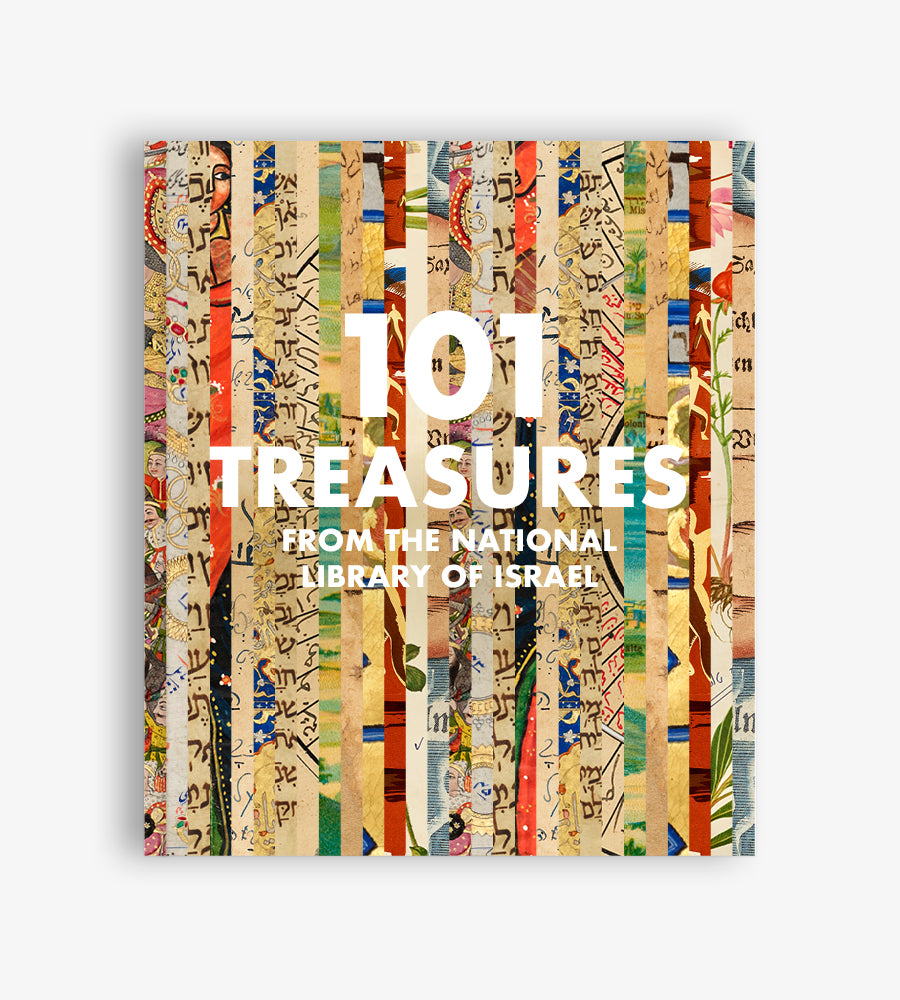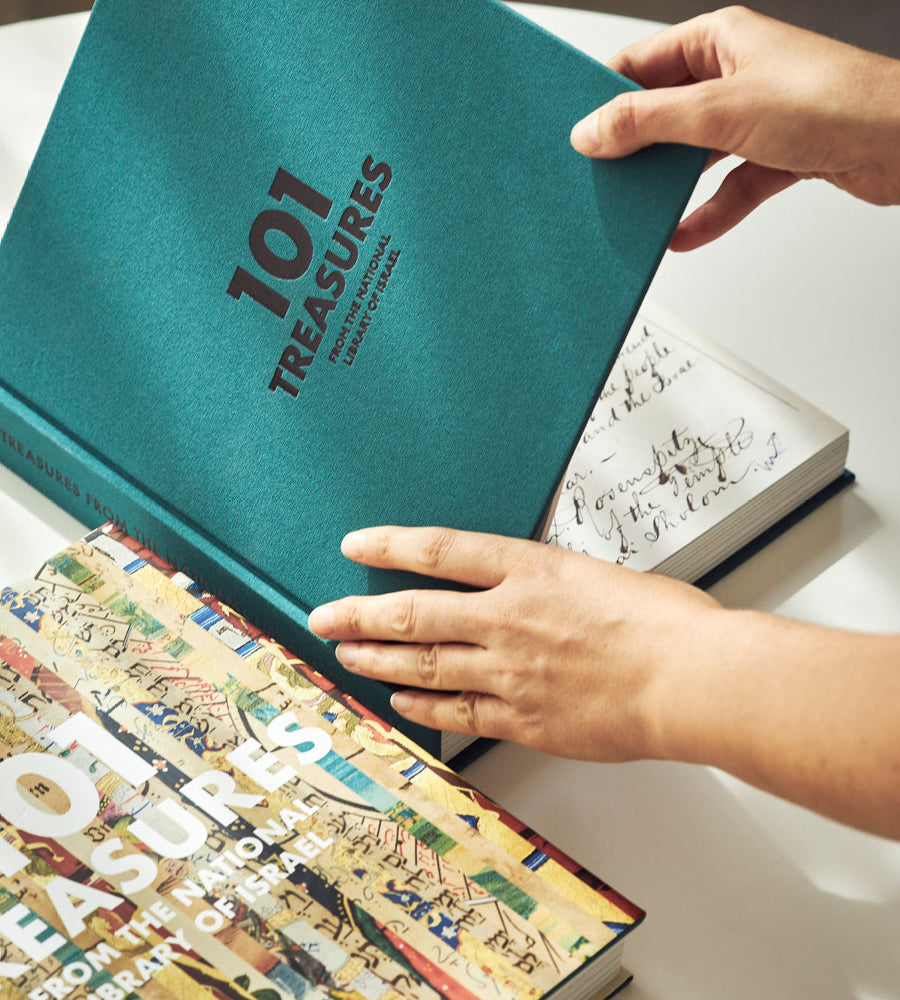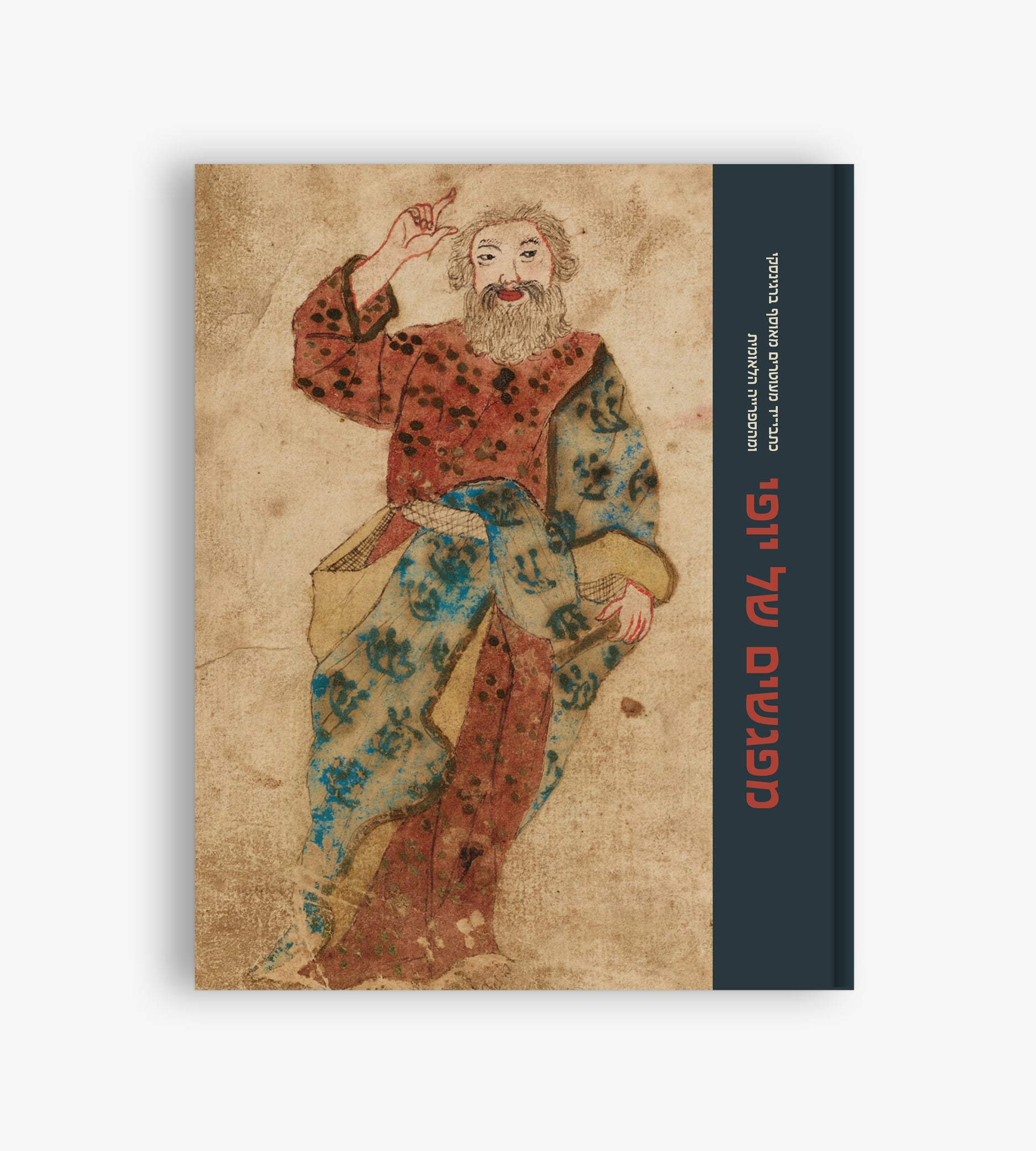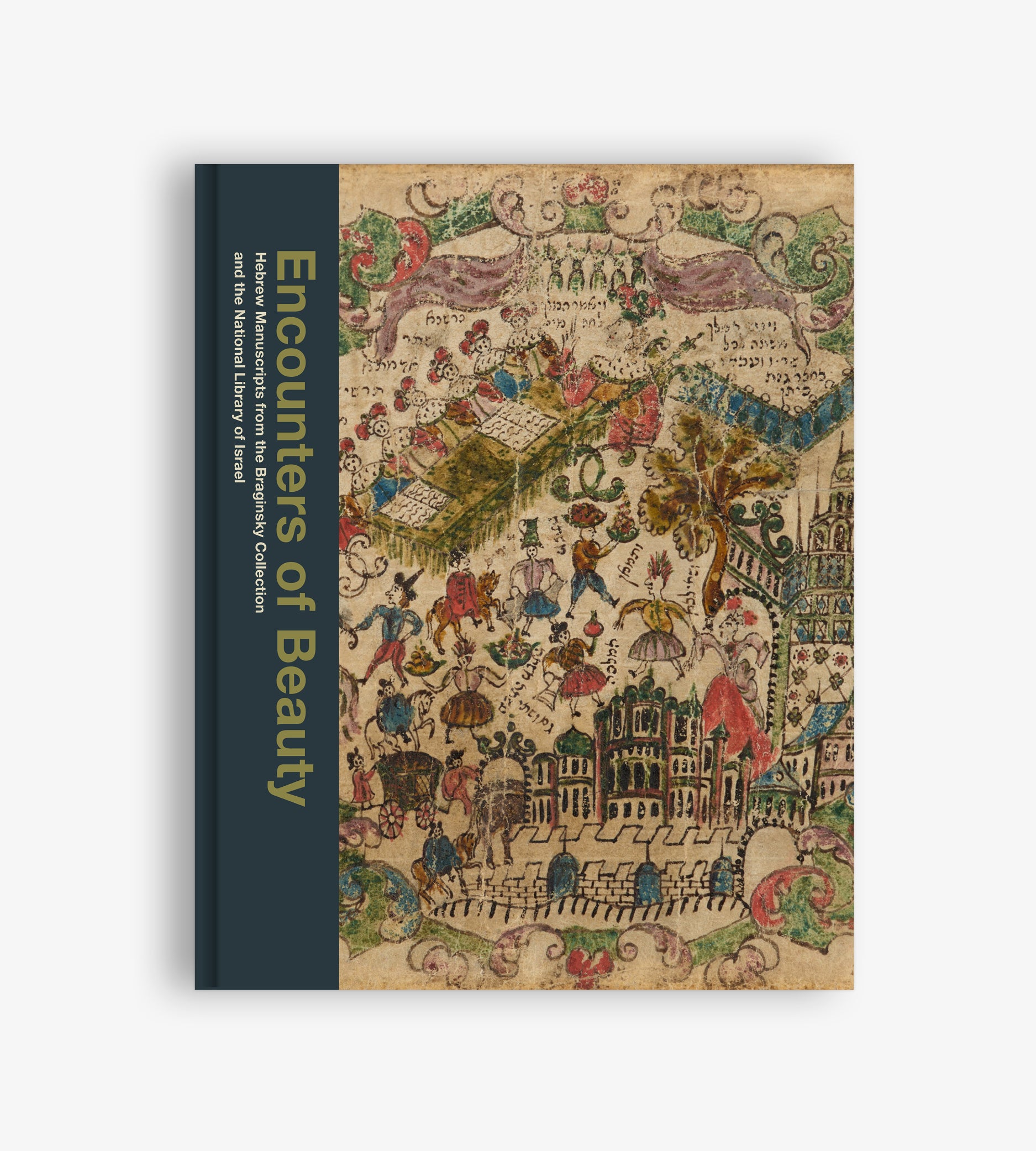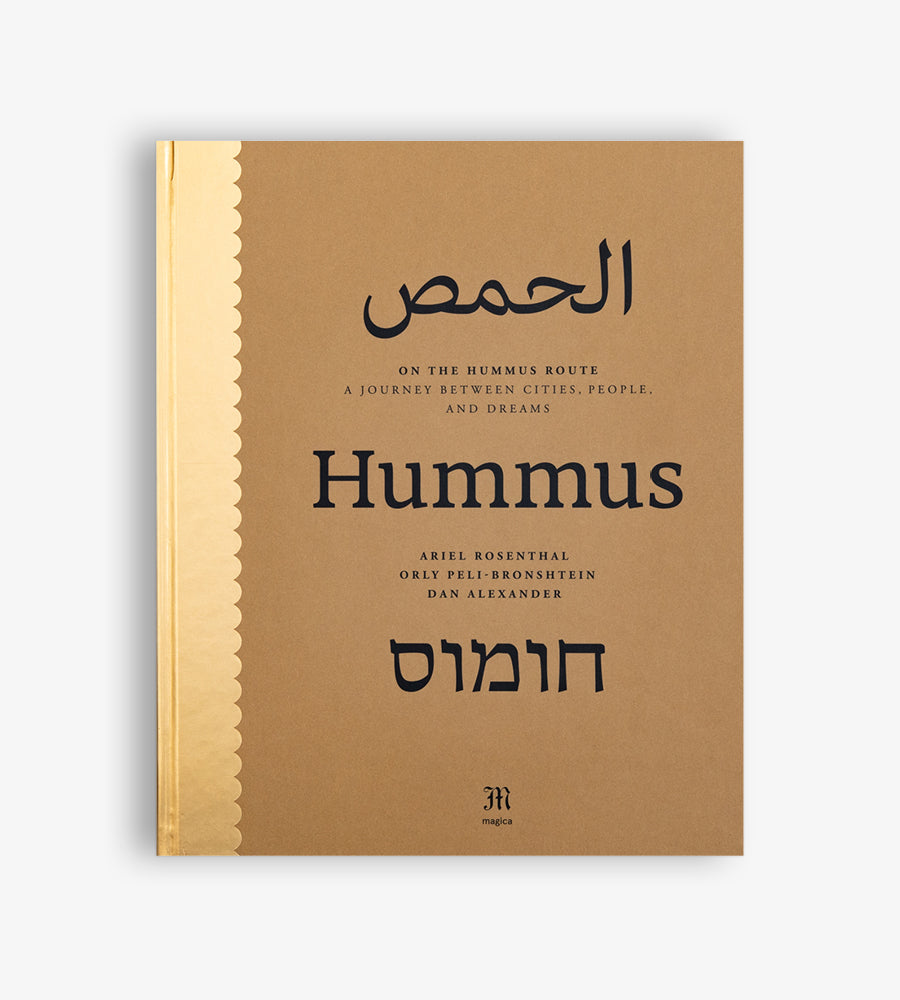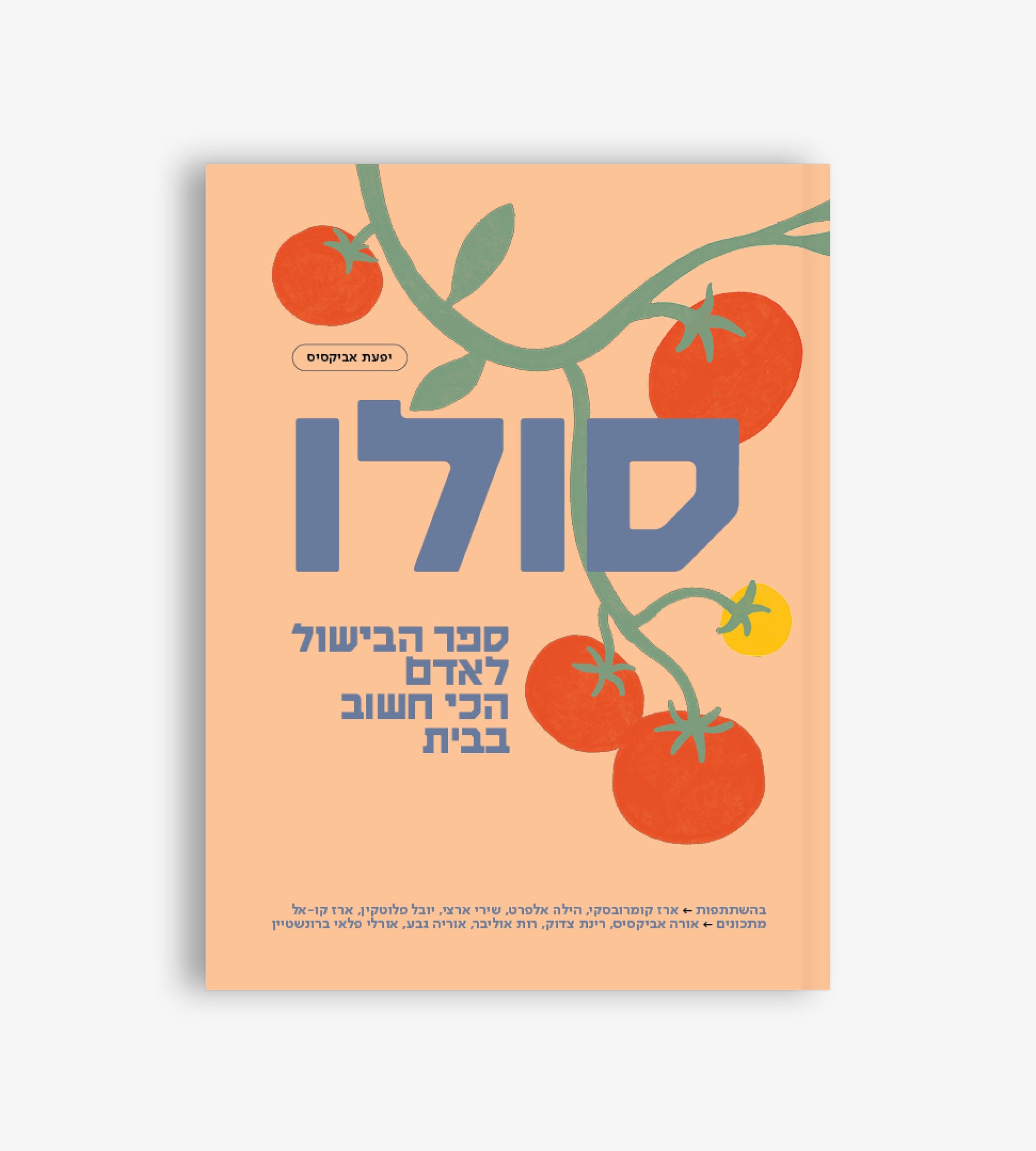
From Prophecy to Redemption
Hezi Amiur

The New Year’s card is a product of its time. The fast pace of modernization in the nineteenth century gave rise to mass migration, industrialization of the printing press, and high-speed transportation. The Jewish people, scattered all over the world, relied on low-cost, high-quality printing and an efficient postal system to ensure the continued development of Jewish culture and the preservation of social and familial bonds.
In twentieth-century Israel, both pre- and post-state, the busiest postal season was during the late summer month of Elul when temporary workers were hired to contend with the large volume of New Year’s cards. Each card had a printed visual image reflecting a key theme of the period on the front and handwritten updates on the past year and well wishes for the coming year on the back.
The visual images on the thousands of New Year’s cards in the National Library’s collection constitute a colorful mosaic representing the range of Jewish interests over the course of the twentieth century. Most of the collection tells the Israeli story, with Zionist leaders Herzl and Nordau appearing on the cards sent in the early years. These two New Year’s cards, printed in Tel Aviv in the early 1930s, capture the excitement surrounding the realization of the Zionist dream. The illustrations, accompanied by verses from, primarily, Isaiah’s prophecies of redemption, suggest that aliyah and settlement in the Land of Israel manifest the prophetic vision. Following the establishment of the state, images of Israeli soldiers appeared on many cards, attesting to the fulfillment of the Zionist dream and the renewal of Jewish life.
Through the ephemeral pieces of paper in this collection, we can document the transformation of Zionism from a fledgling political movement into a sovereign state.


